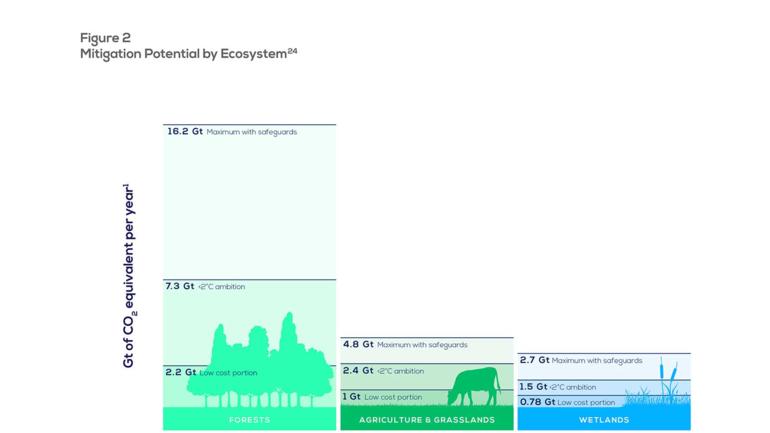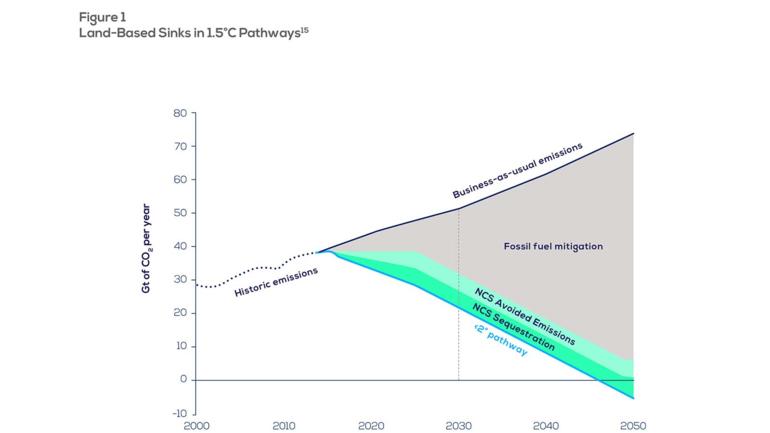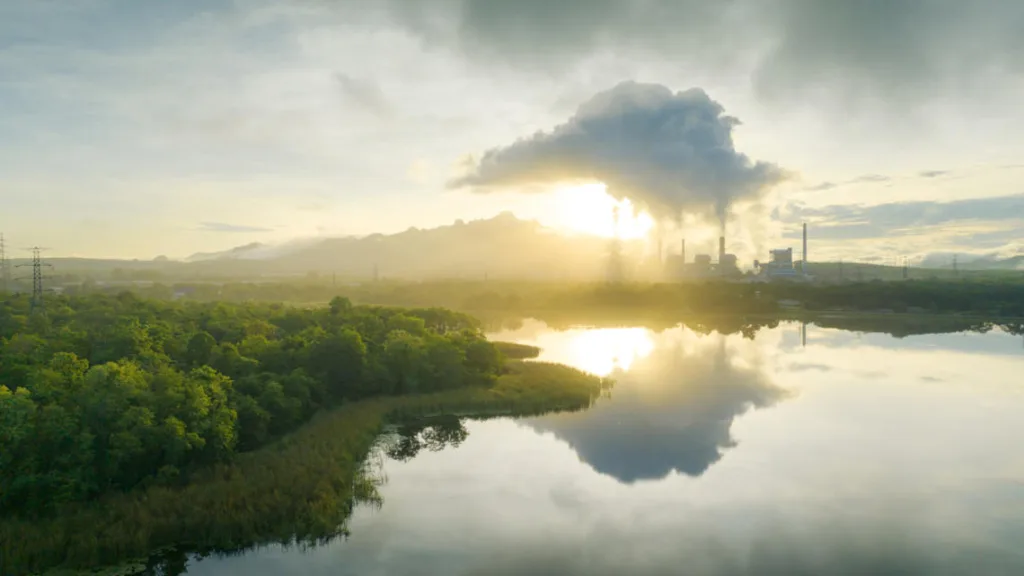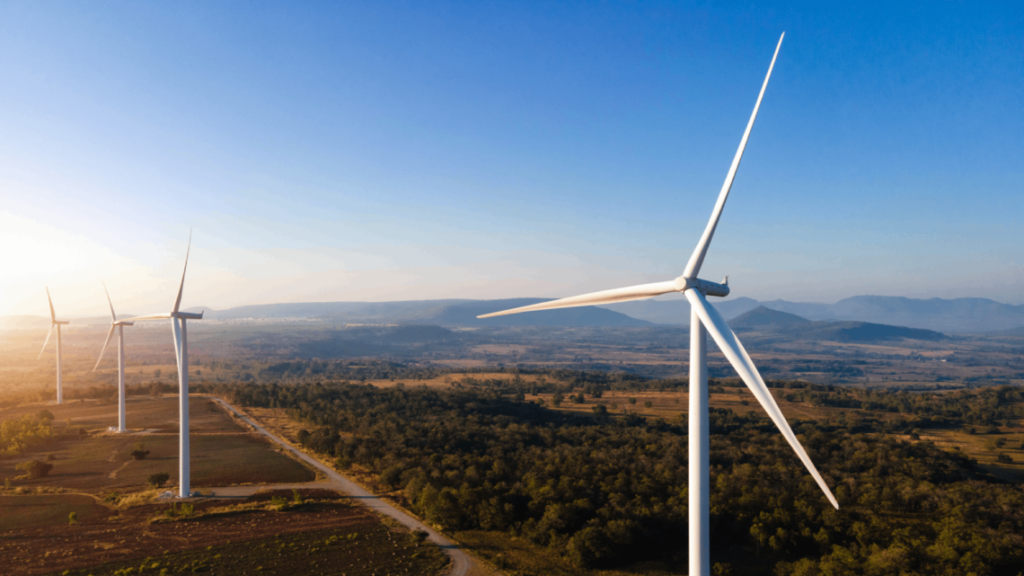Authors
Justin Adams, Claire O'Neill, Gabriela Martinez
- In a year of global setbacks – coronavirus, delayed conferences, failed targets – climate action has still been on the rise;
- A race to zero CO2 emissions needs to be coupled with nature-positive investment to both tackle environmental challenges and support an economic recovery;
- Nature-based solutions, including natural climate solutions, can address both climate and nature goals. The Natural Climate Solutions Alliance is working to unlock the potential of working with nature to fight climate change.
Business are in a race to zero
It was expected that 2020 would set the agenda for environmental action for the next decade. But with the postponement of the UN Biodiversity Conference (CBD COP 15) and the UN Climate Change Conference (COP26), along with the enormous fiscal pressures created by COVID-19, this year threatens to disrupt investment in our sustainable future instead.
However, in a year of setbacks, positive momentum is still building. There has been strong international support to invest in climate change actions as part of the economic recovery. Much of this has been driven by the private sector making strong commitments to reducing emissions.
Groups including the oneworld Airline Alliance and companies such as Walmart have recently announced their commitment to net-zero carbon emissions by 2050. At time of writing, 1,146 businesses and investors have joined the Race to Zero initiative ahead of COP26 – a coalition that covers nearly 25% of global CO2 emissions. This momentum created by business commitments can serve as a strong signal for governments that the private sector is united in meeting the Paris climate goals through sustainable growth strategies.
Investing in natural capital as part of a green recovery, through ecosystem resilience and restoration of carbon-rich habitats and climate-friendly agriculture, promises to deliver both economic and climate positive goals. As outlined in The Future of Nature and Business Report, there are significant financial gains to be made by transitioning to a nature-positive economy, namely an estimated $10.1 trillion in additional annual business revenues or cost savings and 395 million new jobs by 2030.
How to harness the power of nature for the climate
Natural climate solutions can combat climate change using nature’s capacity to absorb and store greenhouse gases. These solutions use the world’s forests, grasslands and wetlands rather than employing technological solutions. Scientists believe natural climate solutions have the capacity to deliver a third of the cost-effective carbon reduction needed per year by 2030 to stay below 2℃. They can deliver multiple benefits, not only for the climate, but also in terms of biodiversity, food security, improved air and water quality, health and the economy.
To support both nature and climate goals together, investments in natural climate solutions must deliver environmental and social safeguards and benefits for nature and people. For example, preserving a forest could enhance a wide variety of ecosystem services and benefit local and indigenous communities’ livelihoods. For example, the Indonesian for-profit forest carbon initiative, managed by PT Rimba Makmur Utama, not only reduces deforestation and supports sustainable development opportunities for local communities, it collectively avoids 7.5 million CO2 tonnes yearly.

Some companies have gone beyond pledging to neutralize their current emissions by aiming to compensate for all the greenhouse gases they have ever produced. Microsoft has committed to restoring carbon levels to before its inception in 1975, meaning they will compensate for 45 years of past emissions and become carbon negative by 2030. Other notable commitments towards climate restoration include Henkel, Starbucks, JetBlue and IKEA.
Despite their extraordinary potential of delivering an additional 11 gigatonnes of carbon mitigation a year and making carbon credits affordable, natural climate solutions only received 2-3% of the available climate funding in pre-pandemic times. The vast majority of climate finance goes into technological solutions. Unlocking large-scale future carbon finance for natural climate solutions in a post-pandemic world, whether through voluntary or compliance action, will require close collaboration between governments, businesses, investors and civil society.

A collective effort to unlock the potential of natural climate solutions
Convened by the World Economic Forum and the World Business Council for Sustainable Development (WBCSD), the Natural Climate Solutions Alliance is a multi-stakeholder group bringing actors from the private sector and civil society, with the common objective of scaling affordable natural solutions for climate change mitigation to help meet the goals of the Paris Agreement on climate and solve some of the world’s most pressing and intractable environmental and social challenges.
The NCS Alliance members’ efforts are directed at raising ambitions to expedite voluntary action, encourage compliance markets and strengthen the narrative of natural climate solutions for business and governments.
Pharmaceutical and life sciences giant Bayer recently announced it was taking its first steps in forming a carbon market for agriculture. The Bayer Carbon Initiative is currently outlining a soil carbon methodology to support farmers around the world and feed growing populations while having a positive environmental impact.
Nestlé, the world’s largest food and beverage company, has taken an ‘insetting‘ approach to its reforestation programmes by planting trees within its supply chain. The scheme not only benefits farmers but also contributes to climate-resilient farms while aligning the company with its net-zero targets. Leading agri-business company Olam recently stated that it is in the process of developing a carbon trading platform using blockchain across its supply chain from sustainable forestry and agricultural practices. Major energy companies such as Shell, BP and ENI have also made significant commitments to invest in natural climate solutions as a part of their broader commitments to reduce emissions.
Building a strong demand for natural climate solutions
Companies and organizations must continue to exhibit a strong demand for carbon credits from natural climate solutions. This will provide governments and policy-makers with the confidence they need to scale investment and incorporate this approach into the green recovery.
In the run-up to COP26 and the UN Biodiversity COP next year, the NCS Alliance is convening industry and civil society leaders to strengthen the narrative and the role of carbon offsets as integral components of a credible route to net-zero emissions. This presents a unique opportunity to harness collective action to preserve and conserve nature and biodiversity while achieving global climate goals and paving the way to building a greener and better post-COVID world.
Justin Adams is Executive Director at the Tropical Forest Alliance, World Economic Forum;
Claire O’Neill is Managing Director of Climate and Energy, WBCSD;
Gabriela Martinez is a Specialist, World Economic Forum.
WBCSD news articles and insights may be republished in accordance with the Creative Commons Attribution-NonCommercial-NoDerivatives 4.0 International Public License, and in accordance with our Privacy Policy. All Content must be featured with due credits.
Outline
Related
Content

Renewable electricity procurement: blazing a trail from innovation to leadership
27 April, 2023

Carbon removals: Why a portfolio approach is key to achieving climate goals
19 April, 2023

WBCSD updates the climate scenario analysis tool for companies to leverage in their climate-related financial disclosures
31 March, 2023

